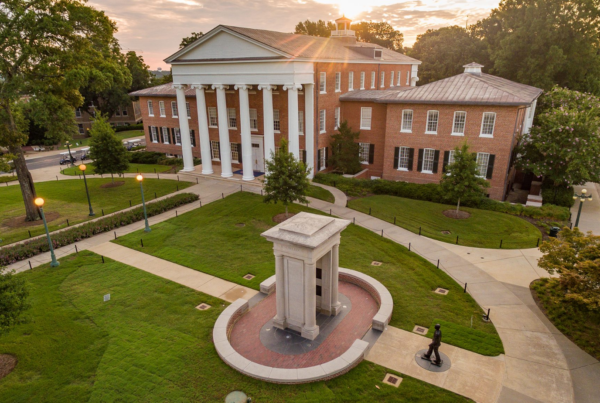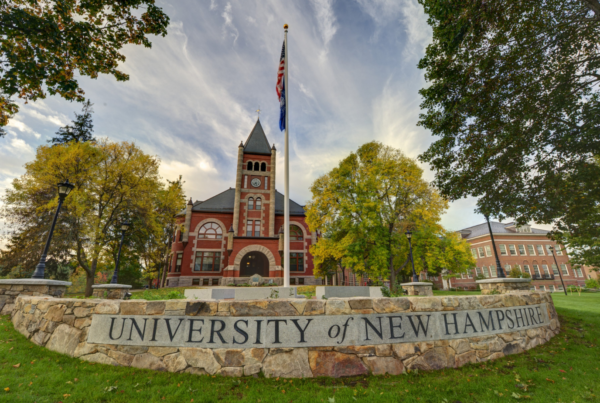 We’ve all heard of those kids who apply only to Ivy League schools. They’re shooting for the stars, swinging for the fences and, ultimately, putting all their eggs in one basket. Seduced by brand names and promises of prestige, these students aren’t thinking about which colleges are going to be the best fit for them. Each Ivy League, and every college, is different. It’s highly unlikely that one student will be a fit for all of them. In addition, admission to the Ivies is extremely competitive. There’s no guarantee a student will get in, and without applying to a mix of other schools, students run the risk of ending up at their one “safety” school instead of being left with an number of great options.
We’ve all heard of those kids who apply only to Ivy League schools. They’re shooting for the stars, swinging for the fences and, ultimately, putting all their eggs in one basket. Seduced by brand names and promises of prestige, these students aren’t thinking about which colleges are going to be the best fit for them. Each Ivy League, and every college, is different. It’s highly unlikely that one student will be a fit for all of them. In addition, admission to the Ivies is extremely competitive. There’s no guarantee a student will get in, and without applying to a mix of other schools, students run the risk of ending up at their one “safety” school instead of being left with an number of great options.
To make sure students end up at a school that fits them, it’s essential to have a balanced list when applying to colleges. But what exactly does that mean and how does a student put one together?
A balanced list of schools means that students are applying to a mix of colleges that fall into three categories:
Foundational schools
Schools where the student’s academic profile is well above the average for admitted freshmen. S/he will definitely get in.
Range schools
Schools where the student’s academic profile is comparable to the average for admitted freshmen. S/he’s chance of getting in is roughly equivalent to the acceptance rate of that school.
Reach schools
Schools where the student’s academic profile is in the bottom 25% for admitted freshmen. S/he might get in but it will be a stretch. Applying to a reach school requires extra effort to build the strongest application possible with impressive extracurriculars, well-crafted essays, and impeccable recommendations etc.
Ideally, a student should have 2-4 foundational schools, 3-5 range schools and 2-4 reach schools as part of their balanced list. This allows students to aspire towards some tougher schools, apply to some solid, mid-range schools and while also maintaining a base of options with the foundational schools.
Know where you fall
To start out with, students should take a look at their own academic profile. What is their GPA, their class rank, their ACT or SAT score?
Schools post statistics about their admitted students. Prospective students can determine whether a college will be a foundational, range or reach by seeing how they measure up to the average student at that particular school.
Depending on where a student is in their high school career, they can also aim to change their academic profile. By investing time in more test prep, improving their grades, or becoming more deeply involved in their extracurriculars, students can work to become a better candidate for the range of schools they’re targeting.
Research
In the beginning, putting together a list of colleges can be messy. There are so many potential schools to choose from! Before worrying whether their list is balanced, students should find schools that are a good fit for them.
Students should think about what they want when it comes to…
After students have found schools that fit their criteria, they can then start to narrow down their choices and separate schools into categories.
For more discussion about finding good-fit schools, visit our previous blog posts College Visits: Finding A Good Fit and The Final Decision: Which College To Pick?
The purpose of a balanced college list is to make sure students always have options. If every level of a student’s college list is filled with good-fit schools, the student will never have to make a bad choice.The sign of a good college list is knowing that no matter which school a student ends up at, they will thrive and find happiness.





